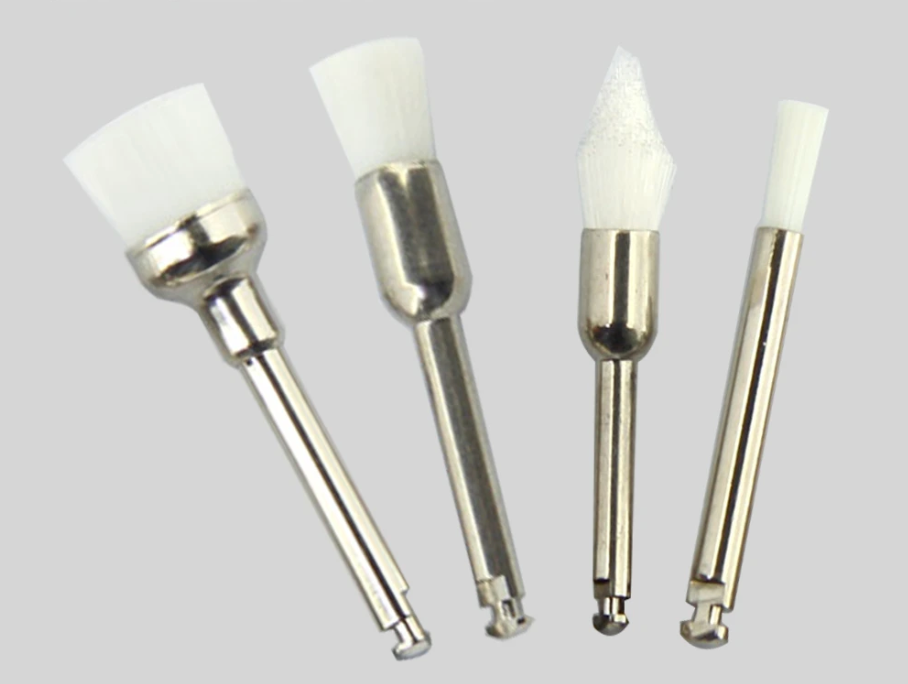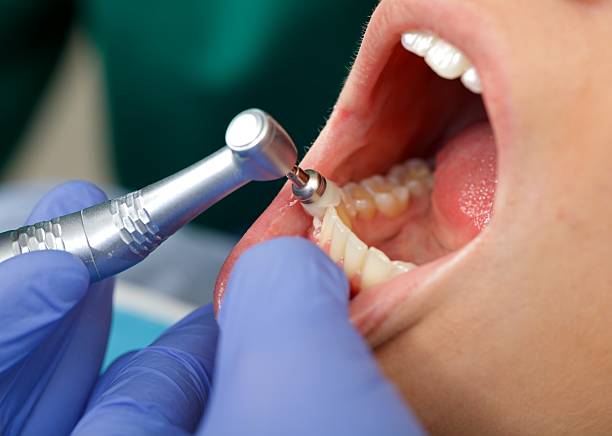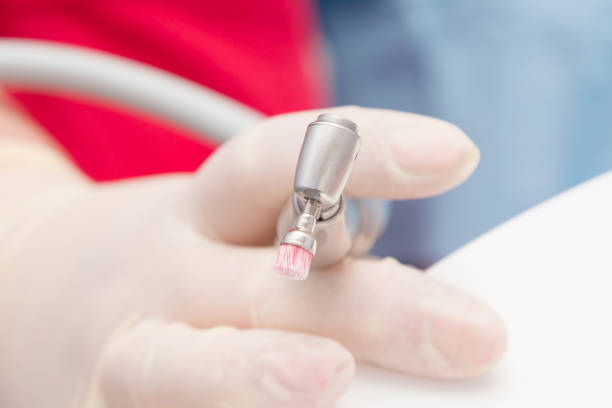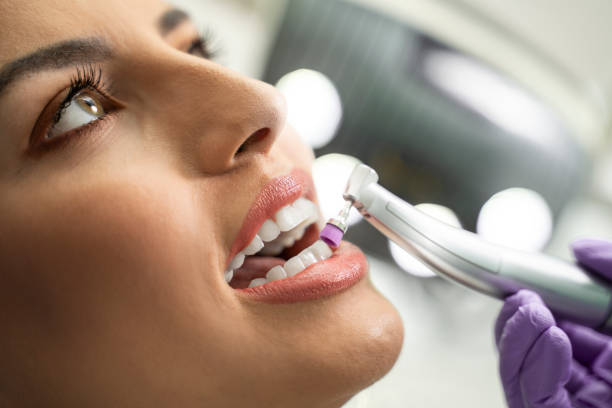Polishing brushes are dental tools designed to remove stains and plaque that regular brushing and flossing may not be able to reach. They are typically made of soft bristles and come in a variety of shapes and sizes to suit different teeth and oral care needs. Polishing brushes work by gently polishing the surface of the teeth, removing surface stains and plaque buildup, and leaving a smooth, shiny surface. However, like any dental tool, it is essential to use polishing brushes correctly to avoid damaging the teeth or gums.
Choosing the Right Polishing Brushes
Choose the right polishing brushes for teeth: Polishing brushes come in various shapes and sizes, and it's crucial to select the right one for your teeth. Here are some factors to consider while selecting the right polishing brush for oral care needs:
Bristle Type: Polishing brushes come with different bristle types, including straight, angled, and cup-shaped. Straight bristles are ideal for removing stains from the front surface of the teeth, while angled bristles are better for reaching the back teeth. Cup-shaped bristles are designed to fit over the teeth and polish larger areas quickly.
Bristle Softness: The softness of the bristles is another essential factor to consider while choosing a polishing brush. Soft bristles are gentler on teeth and gums and are ideal for individuals with sensitive teeth. Hard bristles, on the other hand, can damage tooth enamel and gums.
Brush Head Size: The size of the brush head can vary, and it's essential to choose a brush head that fits your mouth comfortably. A brush head that is too large can be difficult to maneuver, while a brush head that is too small may not effectively polish your teeth.

Using Polishing Brushes Correctly
Use the polishing brush on cleaning teeth: Before using a polishing brush, make sure the teeth are clean.
Apply toothpaste to the polishing brush: Apply a small amount of toothpaste to the polishing brush. Make sure the toothpaste is designed for polishing, as regular toothpaste may not have the necessary polishing agents.
Use gentle pressure: Polishing brushes should be used with gentle pressure to avoid damaging your teeth or gums. Apply only enough pressure to make contact with the surface of your teeth.
Polish one tooth at a time: Polishing brushes work best when used on one tooth at a time. Start at the front of your mouth and work your way around to the back, polishing each tooth individually.
Use circular motions: When polishing the teeth, use circular motions to ensure that you cover the entire surface of each tooth. Avoid using back-and-forth or up-and-down motions, as these can cause damage to the teeth.
Rinse your mouth and brush: After polishing your teeth, rinse your mouth thoroughly with water to remove any remaining toothpaste. Brush your teeth again with a regular toothbrush to remove any leftover particles.
Don't overdo it: While polishing is an essential part of maintaining good oral hygiene, it's essential not to overdo it. Overuse of polishing brushes can damage your teeth and gums.

Maintaining and Cleaning Polishing Brushes
To maintain and clean your polishing brushes for long-lasting use, rinse them thoroughly with water after each use. Store them in a clean, dry place away from direct sunlight to prevent damage.

Conclusion
In conclusion, polishing brushes are an essential tool for maintaining good oral hygiene and achieving a bright and shiny smile. By using them correctly with gentle pressure, choosing the right brush, and following a regular oral care routine, you can achieve optimal results.



